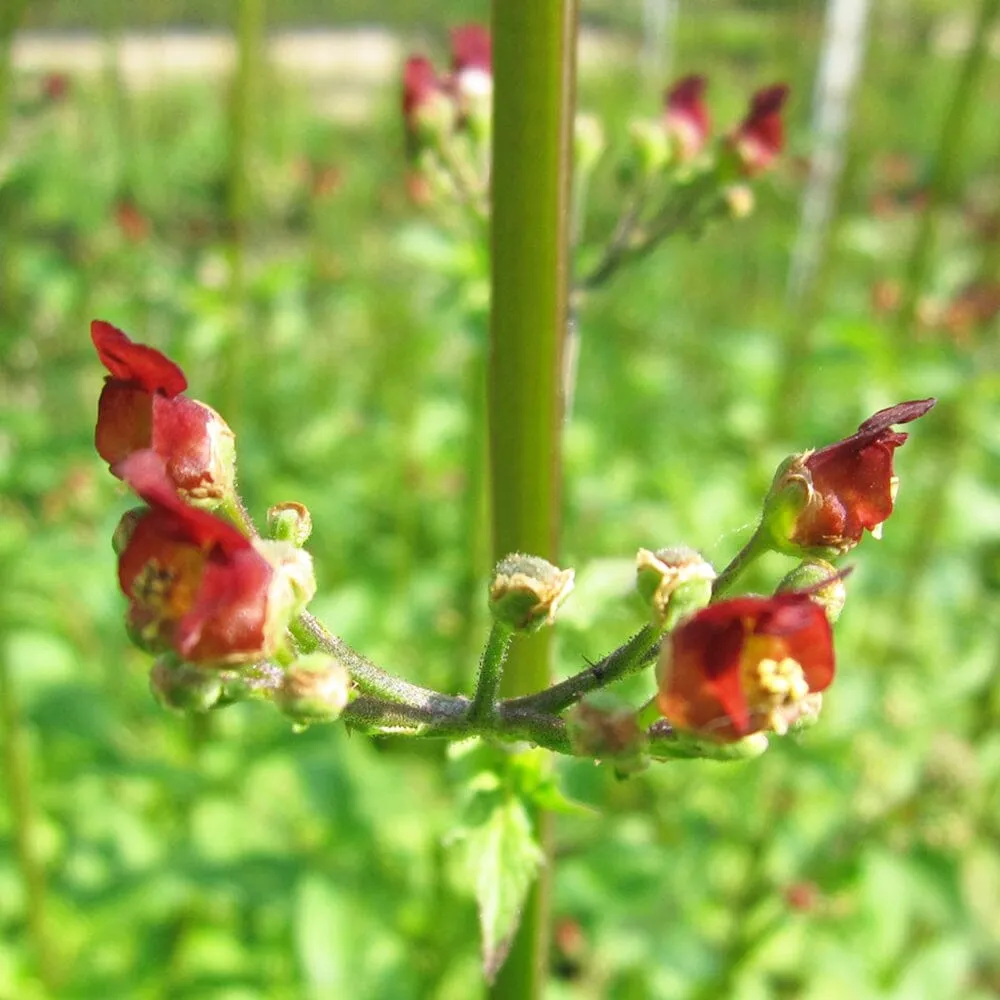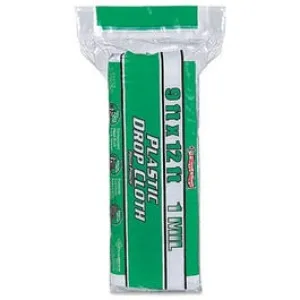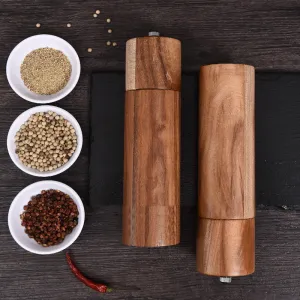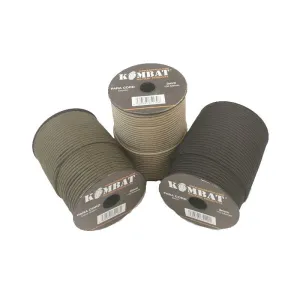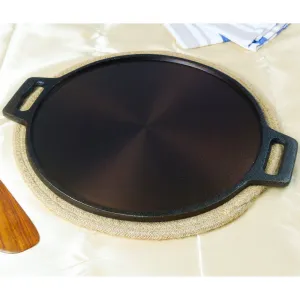Scrophularia auriculata, commonly known as Water Figwort or Ear-leaved Figwort, is a perennial herbaceous plant that belongs to the family Scrophulariaceae. It is native to wetland areas and moist habitats in various regions. Here's a detailed description and care guide for Scrophularia auriculata:
Description:
Scrophularia auriculata typically grows to a height of 2-4 feet (60-120 cm) and forms clumps of erect stems. The stems are square-shaped, sturdy, and may be slightly hairy. The leaves are opposite, ovate to lanceolate in shape, and have serrated margins. They are dark green and may have a reddish tint. The flowers are small, tubular, and arranged in dense clusters at the top of the stems. The color of the flowers can vary, but they are typically greenish-brown or purplish-brown.
Care Guide:
Lighting: Scrophularia auriculata prefers partial shade to full shade. It can tolerate some sunlight, especially in the morning or late afternoon, but it generally thrives in shadier conditions. Avoid exposing the plant to intense, direct sunlight.
Water: This plant prefers consistently moist soil conditions. It is well-suited for growing in wetland areas or alongside bodies of water, such as streams or ponds. Ensure that the soil remains consistently moist but not waterlogged. Avoid allowing the soil to dry out completely, as it can cause stress to the plant.
Soil: Scrophularia auriculata prefers rich, loamy soil that is well-draining. It can tolerate a range of soil types, including clay or sandy soil, as long as it retains moisture. Organic matter, such as compost or well-rotted manure, can be added to improve soil fertility and moisture retention.
Temperature: This plant is hardy in USDA hardiness zones 5-8. It can tolerate a range of temperatures, but it generally prefers cool to moderate climates. Protect the plant from extreme heat or prolonged periods of frost, as it may cause damage to the foliage.
Maintenance: Scrophularia auriculata is a relatively low-maintenance plant. Deadhead the faded flowers to encourage continuous blooming and prevent self-seeding. Cut back the stems in late fall or early spring to promote fresh growth. Divide the clumps every few years to maintain the health and vigor of the plant.
Propagation: This plant can be propagated through division or by collecting and sowing its seeds. Division is typically done in early spring or fall when the plant is not actively growing. Sow the seeds in a well-prepared seedbed or in containers filled with a seed-starting mix. Keep the soil consistently moist until germination occurs.
Pests and Diseases: Scrophularia auriculata is generally not prone to serious pest or disease problems. However, it may occasionally attract aphids or spider mites. Monitor the plant regularly and take appropriate measures if infestations occur. Good air circulation and proper spacing between plants can help prevent diseases.
Scrophularia auriculata is an attractive plant that can add beauty and biodiversity to moist garden areas or natural wetland habitats. By following these care guidelines, you can successfully grow Scrophularia auriculata and enjoy its unique foliage and flowers.




